 |
 |
MACHU PICCHU - PERU
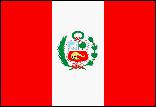 |
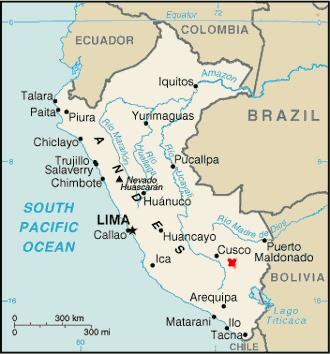 |
| Location: | Geographic coordinates: | Area: | Area - comparative: |
| Western South America, bordering the South Pacific Ocean, between Chile and Ecuador | 10 00 S, 76 00 W | total: 1,285,220 sq km | slightly smaller than Alaska |
| Population: | Languages: | Capital: | Currency: |
| 27,949,639 (July 2002 est.) | Spanish (official), Quechua (official), Aymara | Lima | Nuevo sol (PEN) |
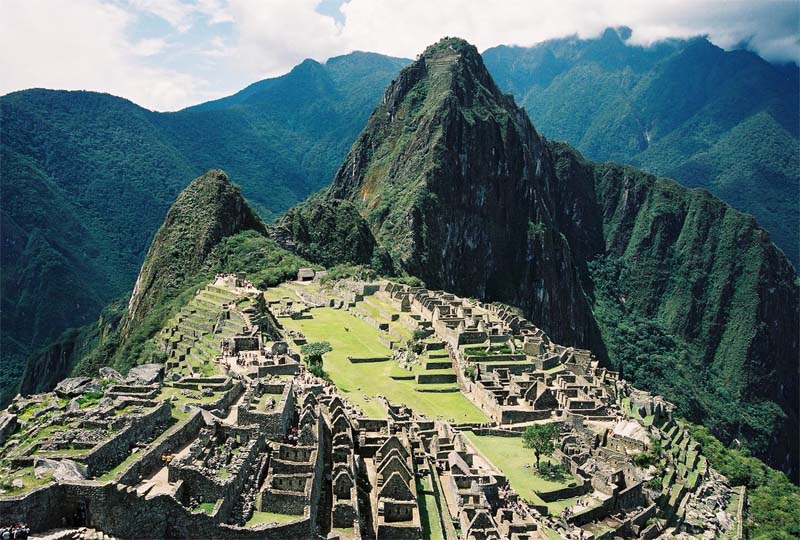
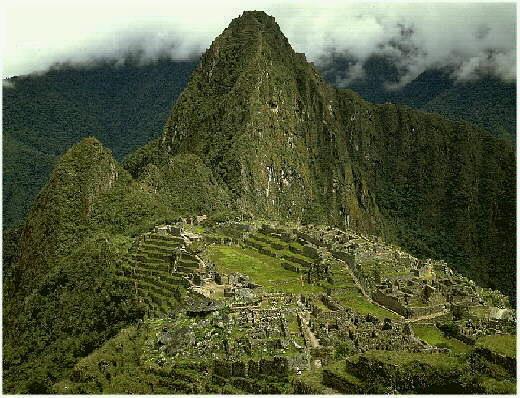
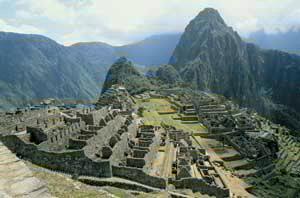
| Types of rocks used on the monument: | Mostly Granite (igneous rock) and at lesser extent Limestone (sedimentary rock). |
MACHU PICCHU - Machu Picchu is a city located high in the Andes Mountains in modern Peru. It lies 43 miles northwest of Cuzco at the top of a ridge, hiding it from the Urabamba gorge below. The ridge is between a block of highland and the massive Huaynac Picchu, around which the Urubamba River takes a sharp bend. The surrounding area is covered in dense bush, some of it covering Pre-Colombian cultivation terraces. Machu Picchu (which means "manly peak") was most likely a royal estate and religious retreat. It was built between 1460 and 1470 AD by Pachacuti Inca Yupanqui, an Incan ruler. The city has an altitude of 8,000 feet, and is high above the Urubamba River canyon cloud forest, so it likely did not have any administrative, military or commercial use. After Pachacutiís death, Machu Picchu became the property of his allus, or kinship group, which was responsible for itís maintenance, administration, and any new construction. Machu Picchu is comprised of approximately 200 buildings, most being residences, although there are temples, storage structures and other public buildings. It has polygonal masonry, characteristic of the late Inca period. About 1,200 people lived in and around Machu Picchu, most of them women, children, and priests. The buildings are thought to have been planned and built under the supervision of professional Inca architects. Most of the structures are built of granite blocks cut with bronze or stone tools, and smoothed with sand. The blocks fit together perfectly without mortar, although none of the blocks are the same size and have many faces; some have as many as 30 corners. The joints are so tight that even the thinnest of knife blades can't be forced between the stones. Another unique thing about Machu Picchu is the integration of the architecture into the landscape. Existing stone formations were used in the construction of structures, sculptures are carved into the rock, water flows through cisterns and stone channels, and temples hang on steep precipices. The houses had steep thatched roofs and trapezoidal doors; windows were unusual. Some of the houses were two stories tall; the second story was probably reached by ladder, which likely was made of rope since there werenít many trees at Machu Picchuís altitude. The houses, in groups of up to ten gathered around a communal courtyard, or aligned on narrow terraces, were connected by narrow alleys. At the center were large open squares; livestock enclosures and terraces for growing maize stretched around the edge of the city. The Incas planted crops such as potatoes and maize at Machu Picchu. To get the highest yield possible, they used advanced terracing and irrigation methods to reduce erosion and increase the area available for cultivation. However, it probably did not produce a large enough surplus to export agricultural products to Cuzco, the Incan capital.
© Guillermo Rocha, P. G. / Brooklyn College Geology Department